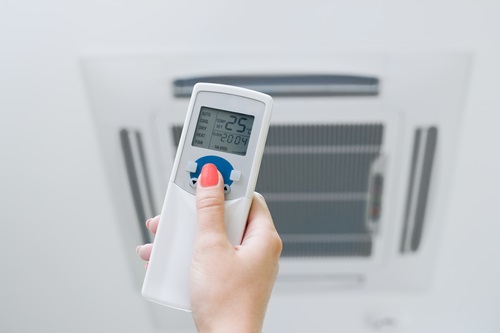Keeping an eye on the performance of your furnace isn’t an easy task. All too often, problems with the performance of your equipment aren’t noticed until they’ve grown into large ones that are expensive to repair, which is exactly why you need to schedule annual maintenance and cleaning each year. Here are a few strategies you can use to keep an eye on your furnace’s performance so you can avoid an emergency heating and air equipment replacement.
Review Your Heating and Air Bills
 If the cost to heat your home or business has gone up astronomically, your heating system probably isn’t working well. While the bills should fluctuate from month to month, the difference shouldn’t be so noticeable that you gasp when you get the bill. Complete an energy inspection of your home and take steps to minimize drafts and leaks in windows, doors, crawlspaces, and the attic. If your bills are still too high, your furnace might need repairs or replacement.
If the cost to heat your home or business has gone up astronomically, your heating system probably isn’t working well. While the bills should fluctuate from month to month, the difference shouldn’t be so noticeable that you gasp when you get the bill. Complete an energy inspection of your home and take steps to minimize drafts and leaks in windows, doors, crawlspaces, and the attic. If your bills are still too high, your furnace might need repairs or replacement.
Count the Frequency of Heating and Air Repair Bills
If your furnace needs repairs every year, it might be time to consider getting a new one. All of the money you’re spending to fix an outdated piece of equipment could be better spent on the purchase of a modern, energy-efficient model. If the repairs occur more than once a year or if they are expensive, it’s definitely time to consider buying a newer unit rather than continually fixing the old O62.
Observe the Color of the Burner Flame
In a properly functioning furnace, the burner flame bums consistently. The flame should be blue in color. In a furnace that isn’t performing well, the flame flickers and is often yellow in color.
A yellow and/or flickering flame is a sign that your furnace isn’t working well, and it is producing a dangerous gas known as carbon monoxide. This gas is odorless, colorless, and tasteless, so you won’t be able to observe its presence. Carbon monoxide buildup can make you sick, and it can even lead to death.
Look for Signs of Carbon Monoxide
If your furnace is emitting carbon dioxide, one or more of the following signs that it is doing so should be present:
- The presence of rust on the went pipe located on the exterior of the building
- Soot accumulating around the furnace’s bottom
- The presence of rust on the flue pipes
- Water accumulating around the bottom of the fuel pipe, went, or chimney
- Lack of an upward draft
- Moisture accumulating on the windows and walls of the building
Check the Performance of the Furnace’s Thermostat and Ductwork
If you keep turning up the thermostat but the house never seems to warm up, it is possible that the thermostat is broken. Your home should heat evenly if the furnace is running properly.
If some of the rooms in your home feel colder than other areas, it is possible that the thermostat isn’t working properly. If some people in the family are complaining that their bedrooms are cold but you don’t have the same issue, the problem could be the thermostat. It could also mean that the ductwork has partially collapsed, developed leaks, or become clogged in some way.
Schedule Annual Inspections and Cleaning
Arranging for your heating and air unit to undergo a thorough cleaning is critical to how well it performs. Dirt, fuel buildup, and debris can affect the operational performance and efficiency of the unit in a negative way. Having the furnace cleaned on an annual basis minimizes the potential for damage, while also making it easier for the technician to notice problems. Contact us for more information.


